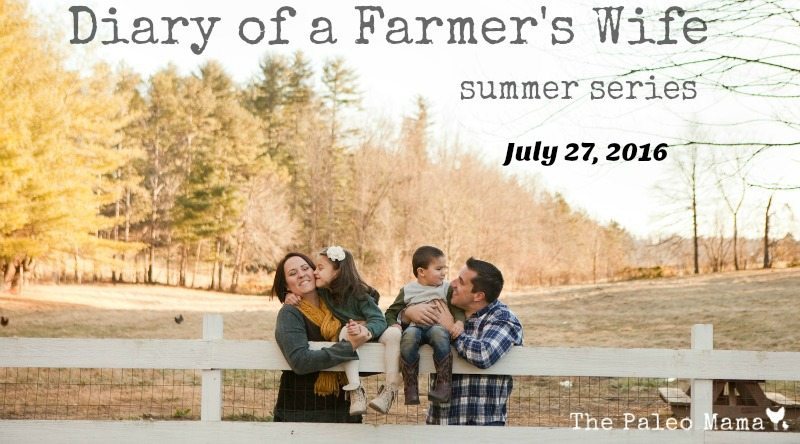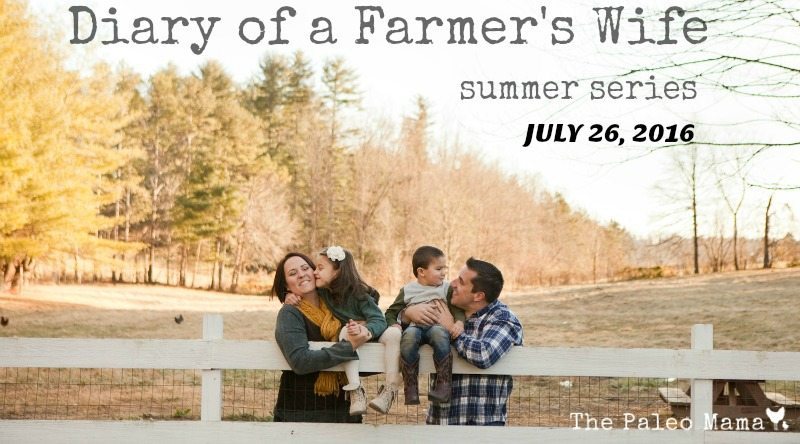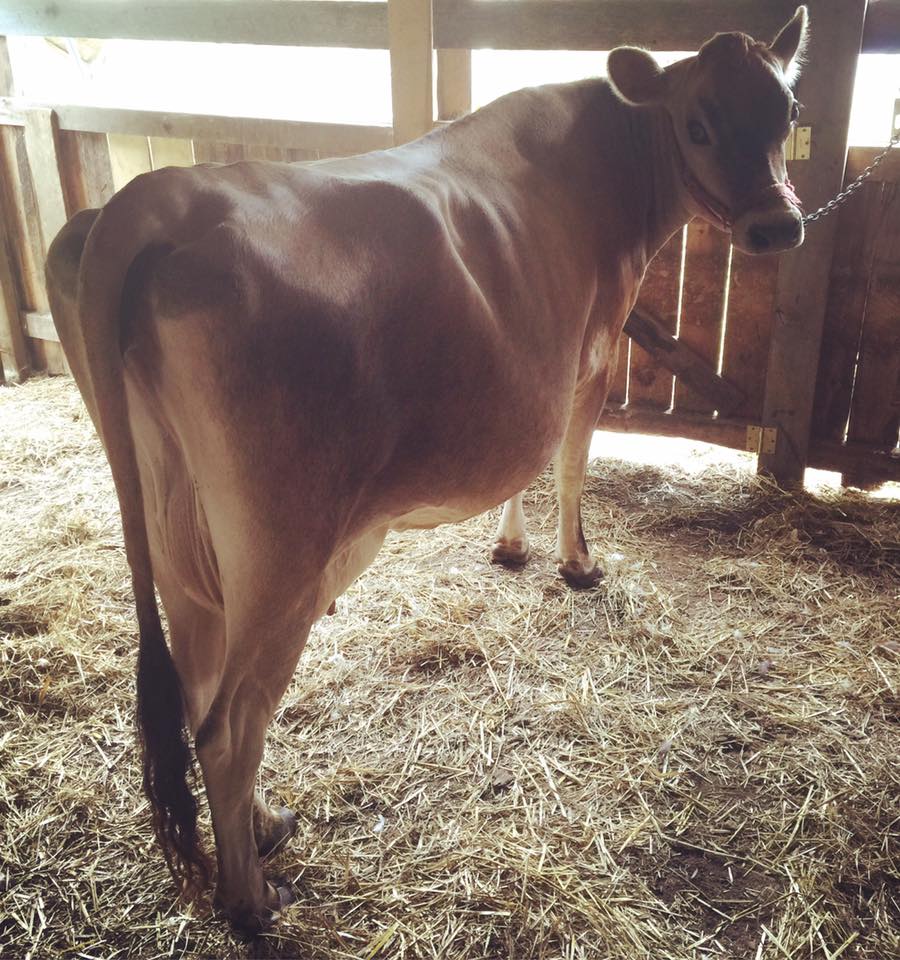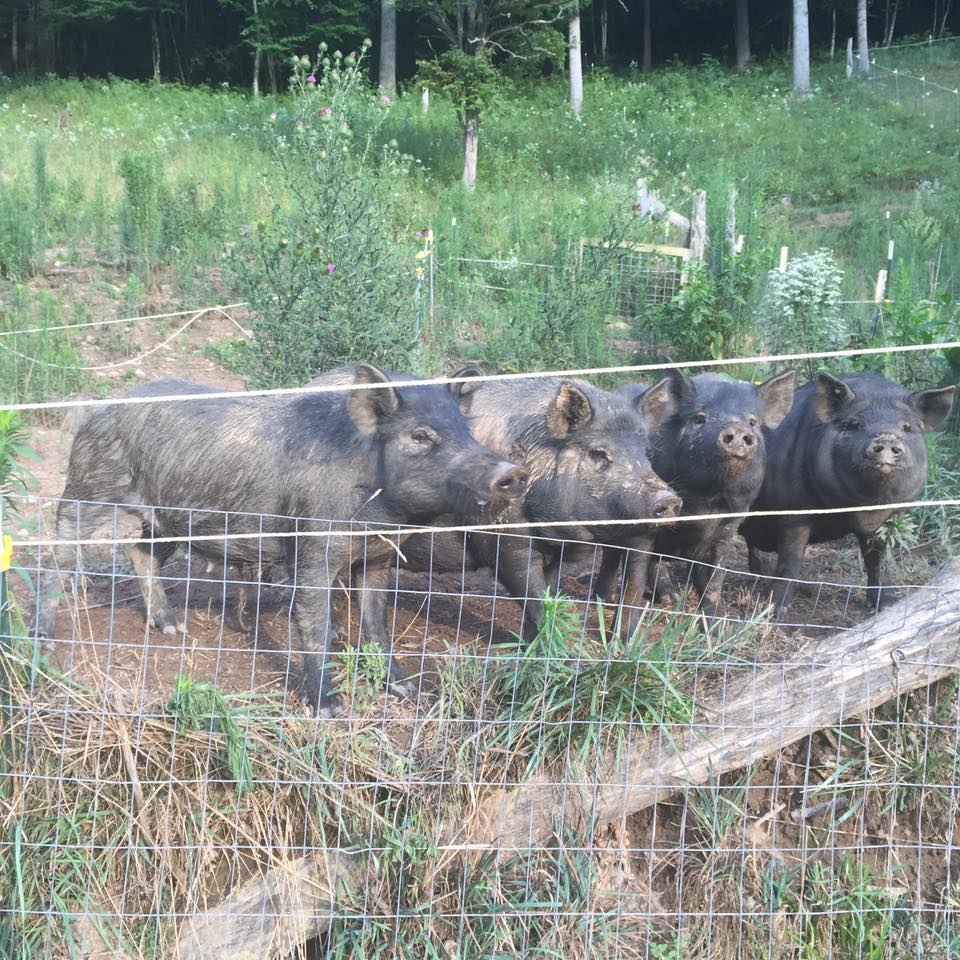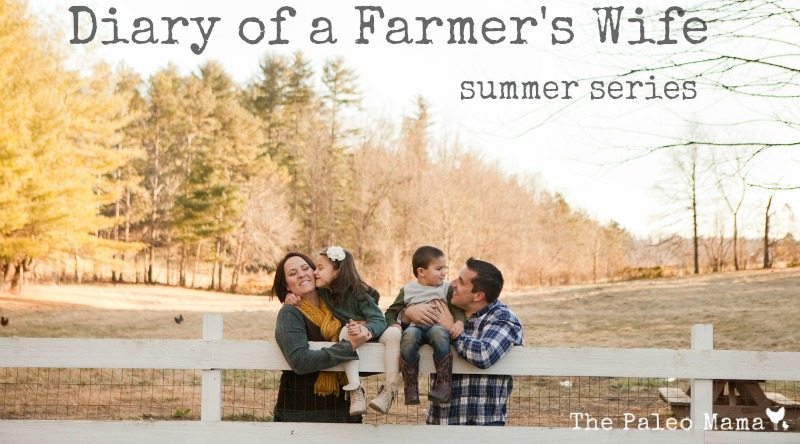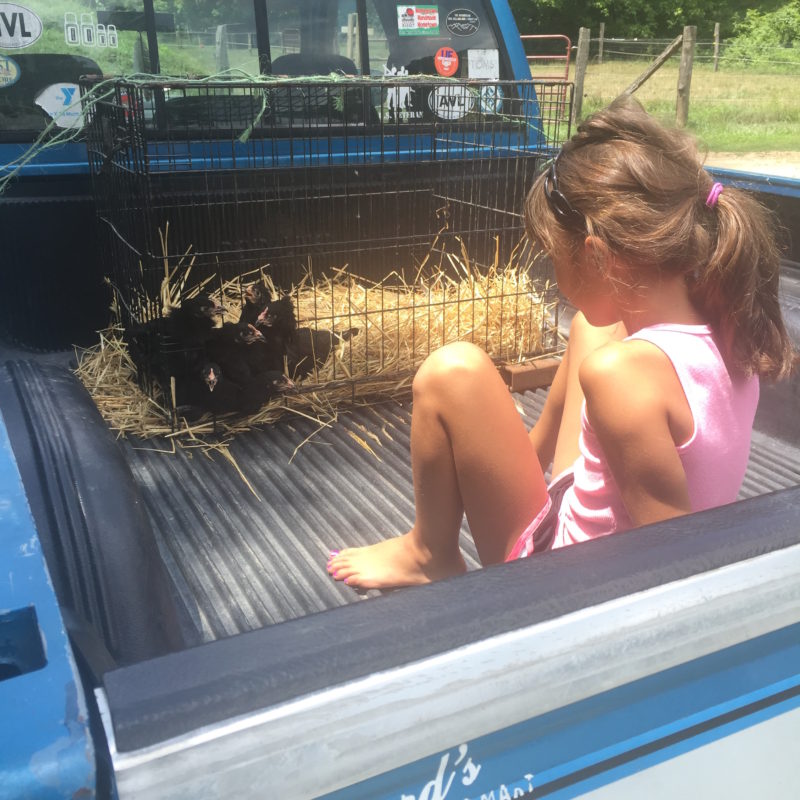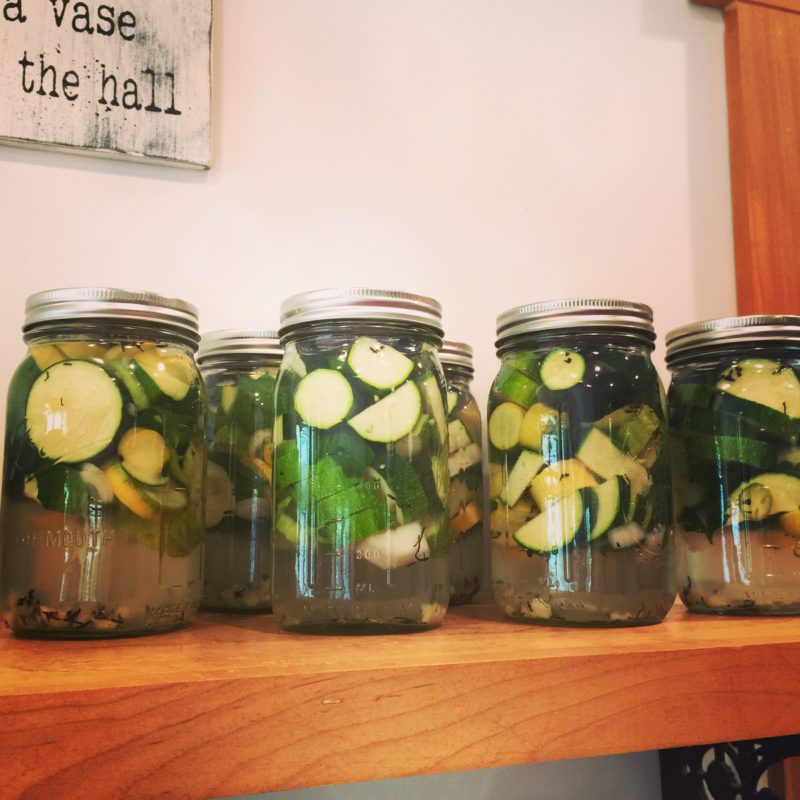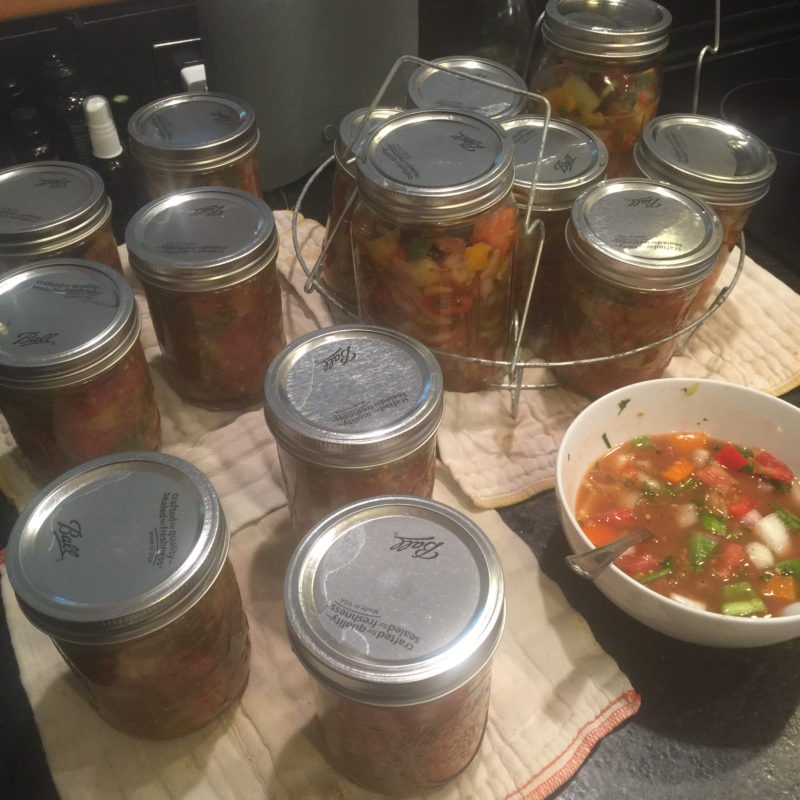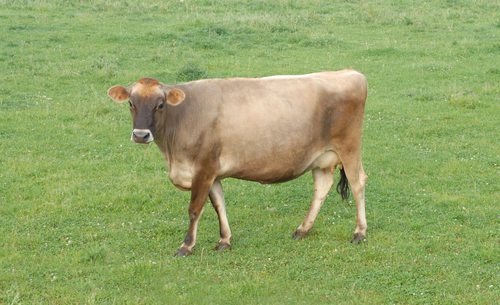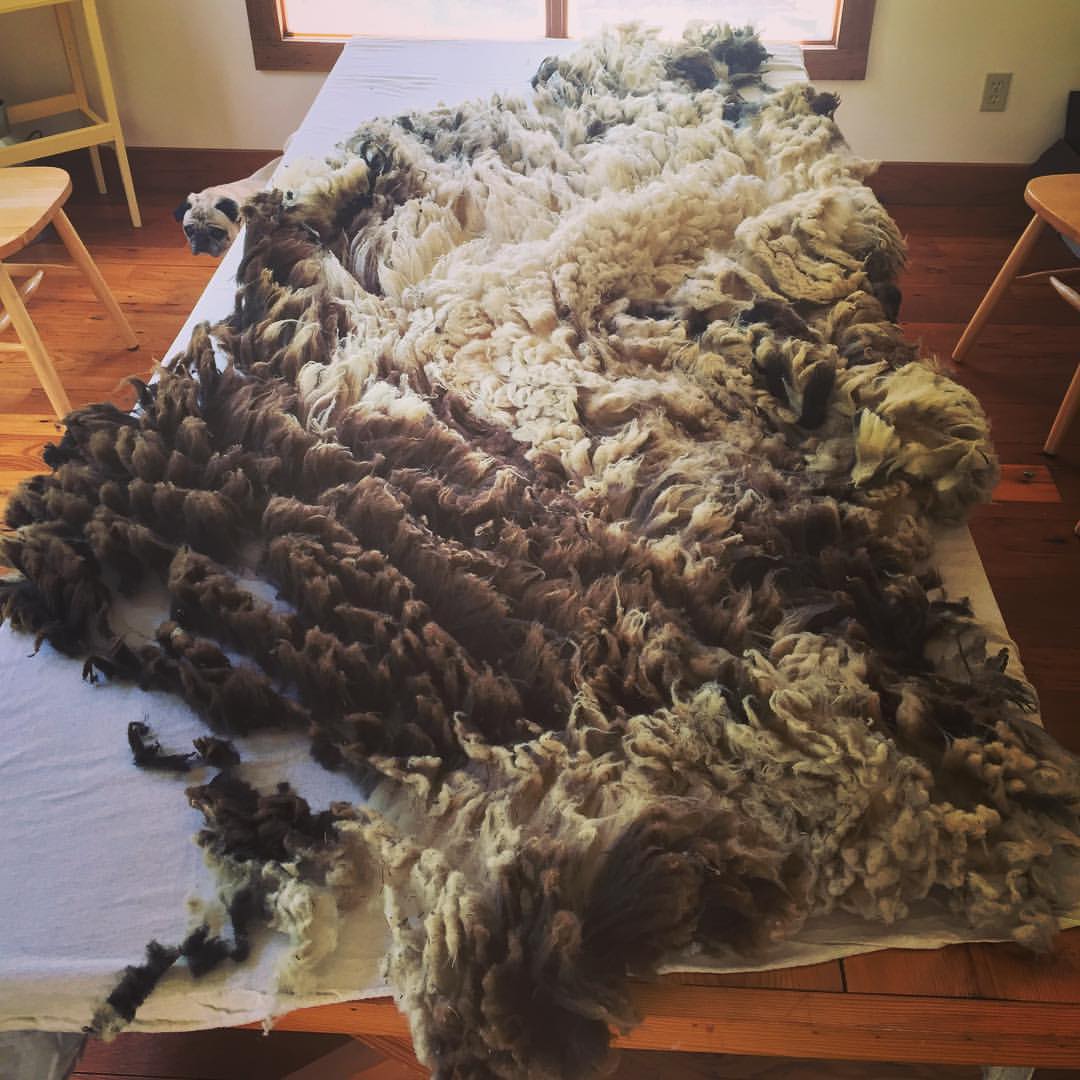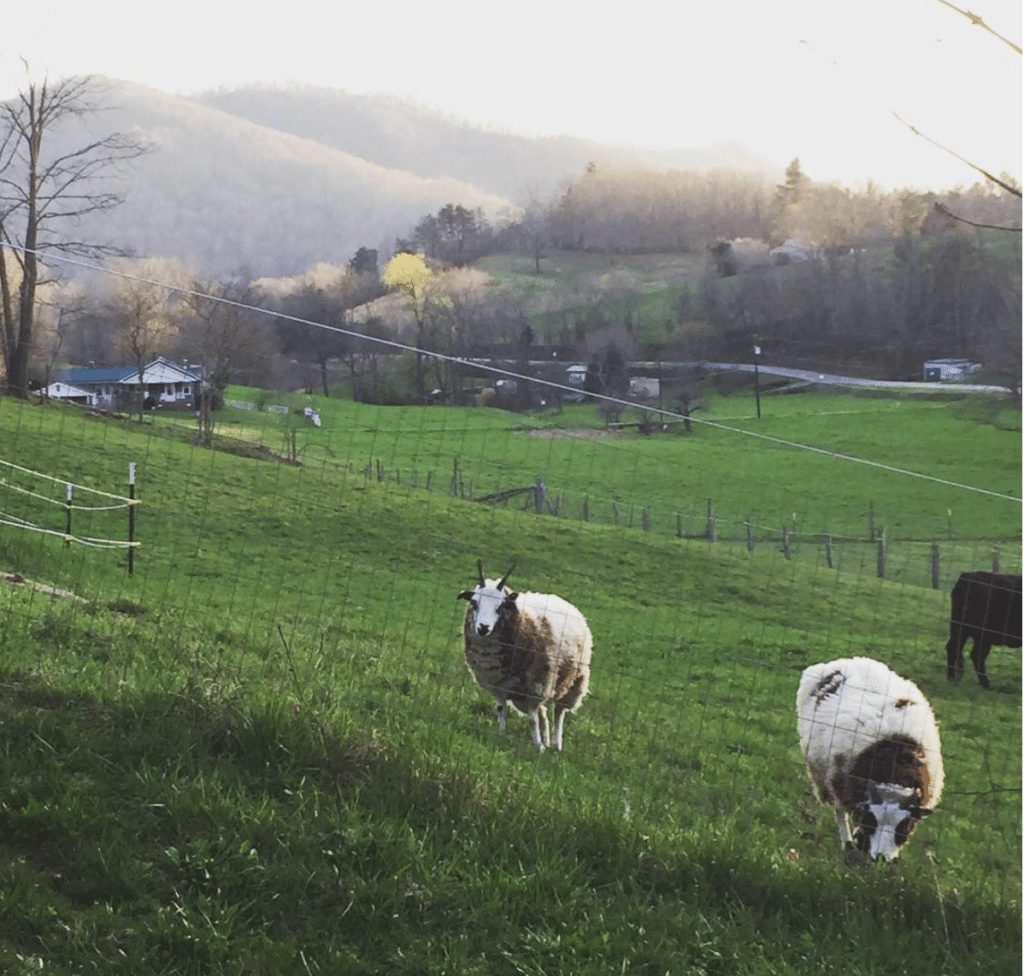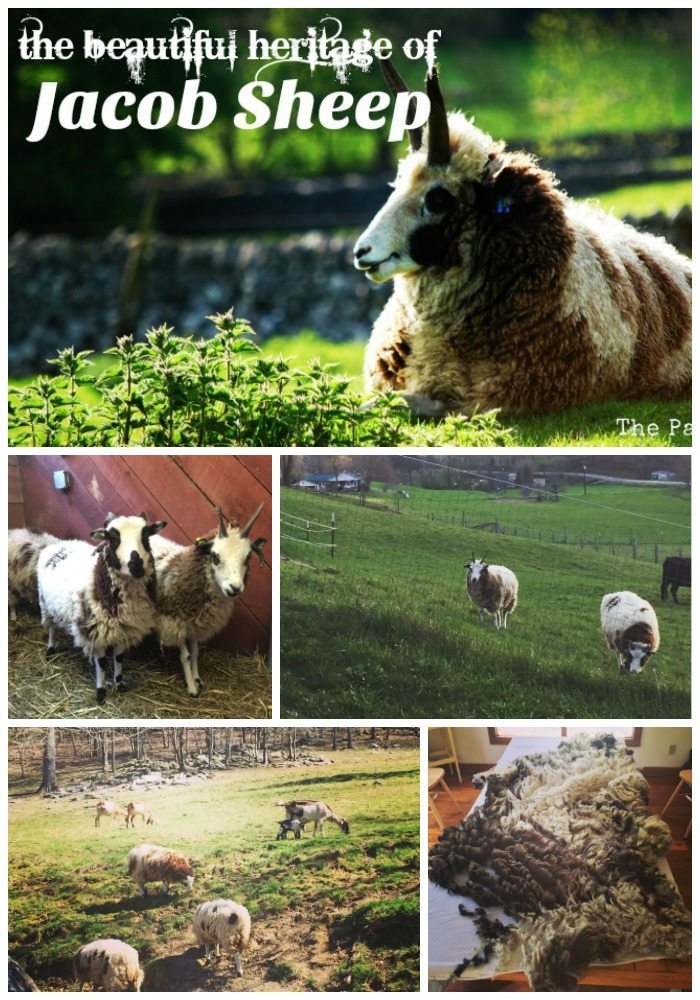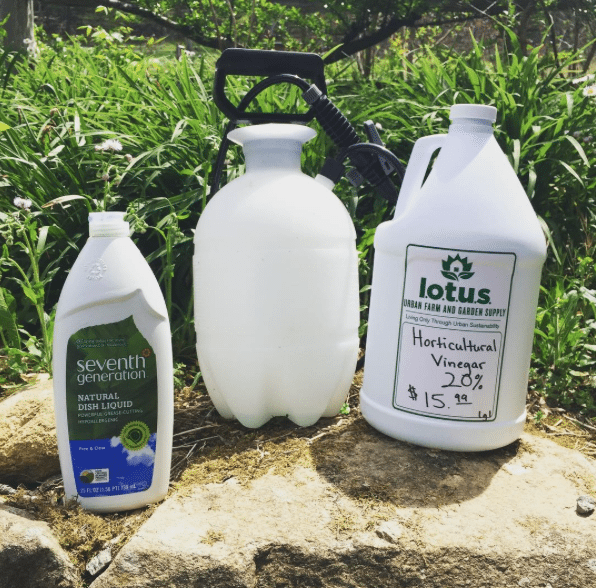6:17pm
Today was market day…Farmer’s Market that is! We set up a booth and sell some of our surplus every other week. Today we had some homemade products like soap, salve, and Bug-off spray…and about 10 dozen eggs and whole chicken (frozen). We don’t make a ton, but we do make enough to pay for feed for our animals. So, in my opinion, it’s worth it! We also make sure we invite people to learn more about essential oils by coming to our next class.

But it was HOT….a good 95 degrees hot and I smell like a hog and am dirty. The day isn’t over yet. There’s still kids to feed, dogs to feed, poultry to feed, goats to milk, hogs to feed, cows to water, sheep to move to the back paddock, and probably something else that I’m forgetting. It’s always a good day on the farm when everything is alive and healthy, so I continue to count my blessings!
I couldn’t sleep well last night because of my excitement about our new Jersey Milk Cow, Holly. I picked up a few things at Tractor Supply and ordered some things from Amazon for Holly: more milk filters, and some mastitis cards to test each week for mastitis.
Thankfully, I already have most the milking supplies from my goats: 2 gallon milk tote, milk bucket, lots of wash rags, and my homemade salve for keeping the teats healthy.
The maternity ward for our poultry is complete! This is a chicken coop (on wheels) that we can use for broody hens and new mama hens and chicks. I’m expecting at least 10 new chicks pretty soon from my 2 broody hens and now they have a place to make home for a few weeks after hatching the chicks.
We ate one of our chickens the other night and I just started my 90-min bone broth with it’s bones, skin, and feet. I, seriously, couldn’t survive without my InstantPot. It makes bone broth in 90 minutes!
My indoor dog, Samson, is in his last few weeks/months of life. This dog was with me before the farm, before the kids, and even before my husband. He has cancer and tumors that are just growing crazy over his body. Once they attack his organs and he looks like he is suffering, we have to put him down. We are trying everything to help him, but our efforts are in vain at this point. He’s gonna be a hard one to lose.
I spent 20 minutes in the garden this evening and picked TOO MANY tomatoes.
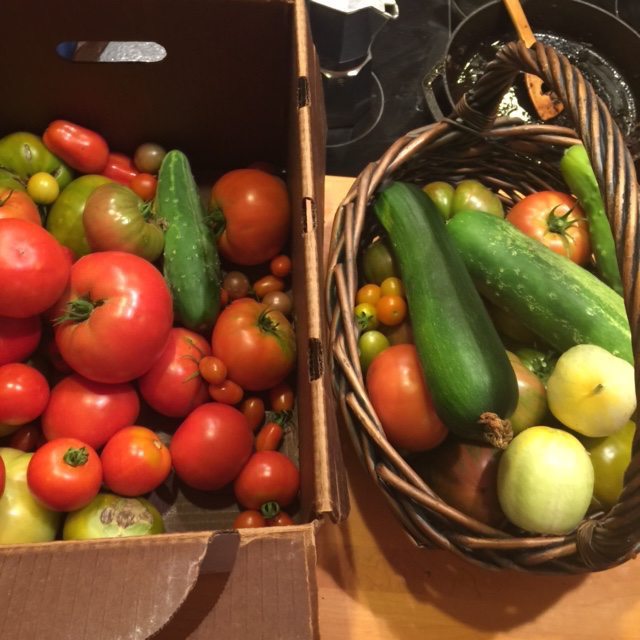
I might have gone overboard and planted too many, but we eat them so I figured, why not? I just got done canning salsa this weekend and it looks like I’ll be preserving more. This time I’m going to just roast and freeze the cherry tomatoes and blanch and can the whole tomatoes by the quart. I could just freeze them too…I need to check freezer space first. We have a whole cow and hog we are butchering in the fall so I need to save room.
Well, I need to scramble dinner together and then attack evening chores. Ciao!
